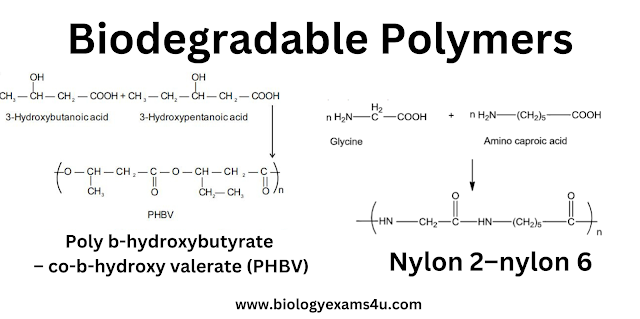Biodegradable materials are used in packaging, agriculture, medicine and other areas. In recent years there has been an increase in interest in biodegradable polymers. Two classes of biodegradable polymers can be distinguished: synthetic or natural polymers. There are polymers produced from feedstocks derived either from petroleum resources (non renewable resources) or from biological resources (renewable resources). In general natural polymers offer fewer advantages than synthetic polymers.

Nature has provided us a variety of polymers which can be produced by the biological systems in plants and animals. These are called biopolymers, e.g., polysaccharides, proteins, nucleic acids, ete. In the biological system, these polymers decompose or hydrolyse in the presence of different enzymes. This means that they are biodegradable. Natural biodegradable polymers are called biopolymers.
Aliphatic polyesters are one of the important classes of biodegradable polymers. Some important examples are given below:

1. Poly b-hydroxybutyrate – co-b-hydroxy valerate (PHBV): It is obtained by the copolymerisation of 3-hydroxybutanoic acid and 3 - hydroxypentanoic acid. PHBV is used in specialty packaging, orthopaedic devices and in controlled release of drugs. PHBV undergoes bacterial degradation in the environment.
2. Nylon 2–nylon 6: It is an alternating polyamide copolymer of glycine (H2N–CH2– COOH) and amino caproic acid [H2N (CH2)5 COOH] and is biodegradable.
